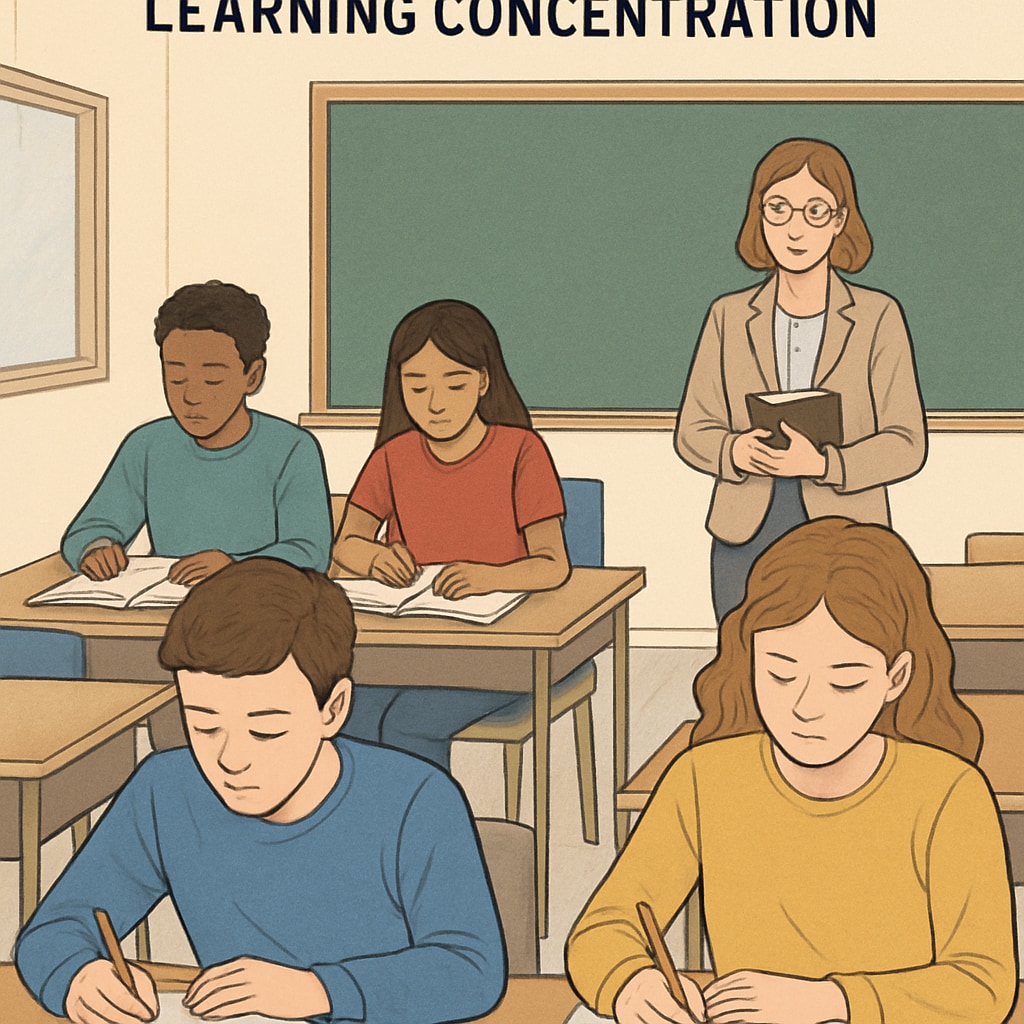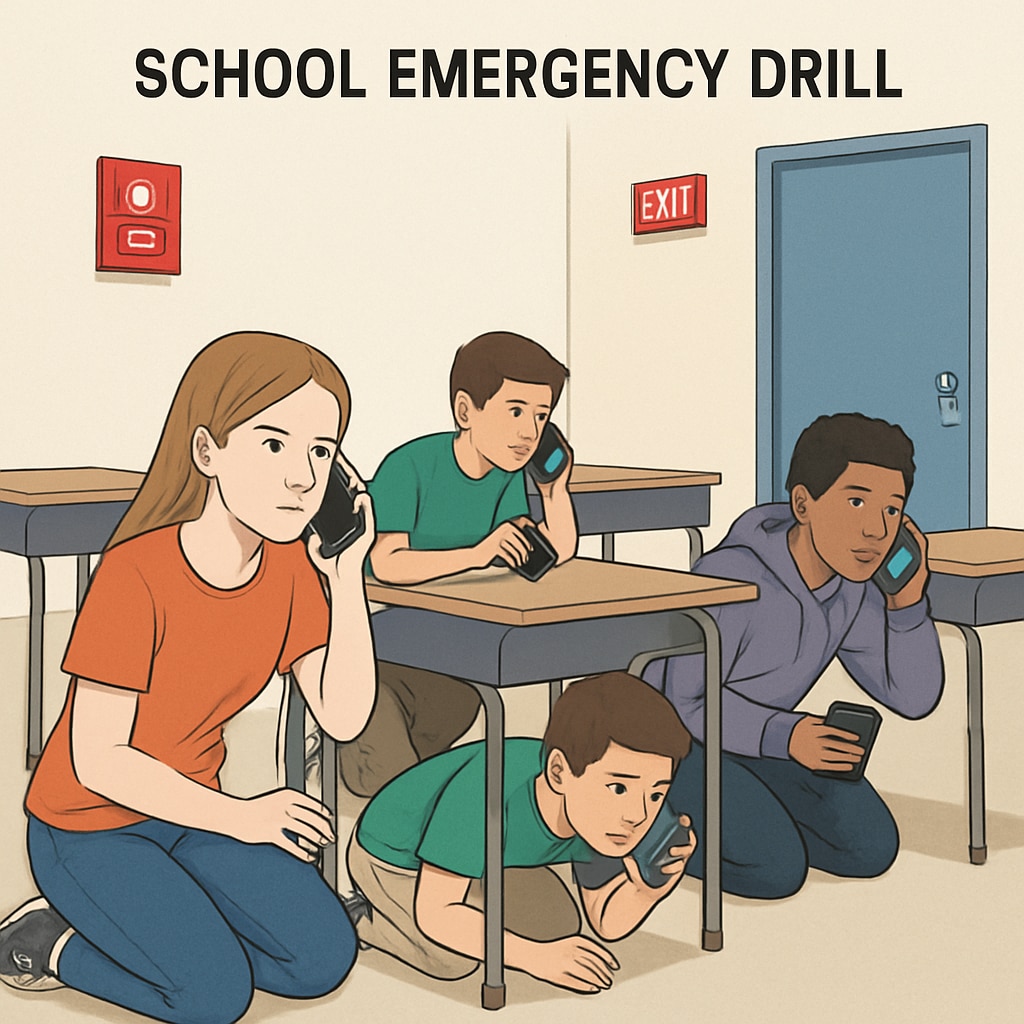In the digital age, the debate over K12 school phone bans has gained momentum, sparking discussions about their impact on learning focus, school safety, equity, and implementation costs. While proponents argue that banning phones enhances classroom discipline and reduces distractions, critics point to the challenges of enforcement and the need for digital literacy in modern education. This article delves into the multi-dimensional effects of such policies and suggests alternative strategies to achieve a balanced educational environment.
The Impact on Learning Focus and Classroom Engagement
One of the primary arguments for implementing a school-wide phone ban is the potential to improve learning focus and classroom engagement. Mobile devices have been shown to contribute to distractions, with students often tempted to check social media or play games during lessons. A study by the London School of Economics found that banning phones in schools led to a 6.4% increase in test scores, particularly benefiting low-achieving students.
However, critics argue that outright bans may not teach students the crucial skill of self-regulation. Instead of prohibiting phones entirely, schools could adopt “phone-free zones” or scheduled phone usage periods, ensuring students learn to manage their screen time responsibly.

School Safety and Emergency Preparedness
Another significant aspect of the phone ban debate centers around school safety. Phones can play a critical role during emergencies, allowing students to contact parents or authorities quickly. For example, during the tragic events of school shootings, mobile devices have been used to alert law enforcement and coordinate evacuation efforts.
While safety concerns are valid, schools can implement policies that allow restricted phone use during emergencies. For instance, designated safe zones where phones are accessible but not actively used during class could strike a balance between preparedness and discipline.

Implementation Costs and Practical Challenges
Enforcing a school-wide phone ban is not without its challenges. Schools must allocate resources for monitoring compliance, which could involve hiring additional staff or investing in digital lockers. Moreover, teachers may have to dedicate time to ensuring the policy is followed, detracting from instructional time.
To mitigate these costs, schools can explore technology-based solutions such as apps that disable non-educational functions of phones during school hours. These tools can enforce the policy without requiring constant supervision, making implementation more practical and cost-effective.
Ensuring Equity in Policy Enforcement
Equity is another critical dimension to consider. Not all students have equal access to technology at home, and a complete ban on phones could disproportionately affect students who rely on their devices for educational purposes. For example, some students use their phones to access e-books, complete assignments, or participate in online learning platforms.
Schools must ensure that phone bans do not widen the digital divide. Providing alternatives such as school-issued tablets or laptops ensures that all students have access to necessary learning tools while maintaining classroom discipline.
Alternative Strategies: Balancing Discipline and Digital Literacy
Rather than implementing blanket bans, schools can adopt balanced strategies that promote both discipline and digital literacy. Some effective alternatives include:
- Digital Etiquette Training: Teach students how to use phones responsibly in an academic setting.
- Conditional Phone Use: Allow phones during specific times or for educational activities.
- Technology Integration: Incorporate educational apps and tools into lesson plans to leverage the benefits of mobile devices.
- Parent-Teacher Collaboration: Work with parents to set consistent rules for phone use at home and school.
By adopting these strategies, schools can prepare students for a tech-driven world while maintaining a focused learning environment.
In conclusion, the debate over K12 school phone bans highlights the need to balance modern educational demands with traditional classroom discipline. While banning phones can mitigate distractions, it is crucial to consider the broader implications on safety, equity, and digital literacy. By exploring alternative strategies, schools can create an environment that fosters both academic success and responsible technology use.
Readability guidance: This article uses short paragraphs, lists, and simple language to maintain accessibility. The active voice and transition words ensure a smooth reading experience, while the inclusion of examples and data adds depth to the analysis.


